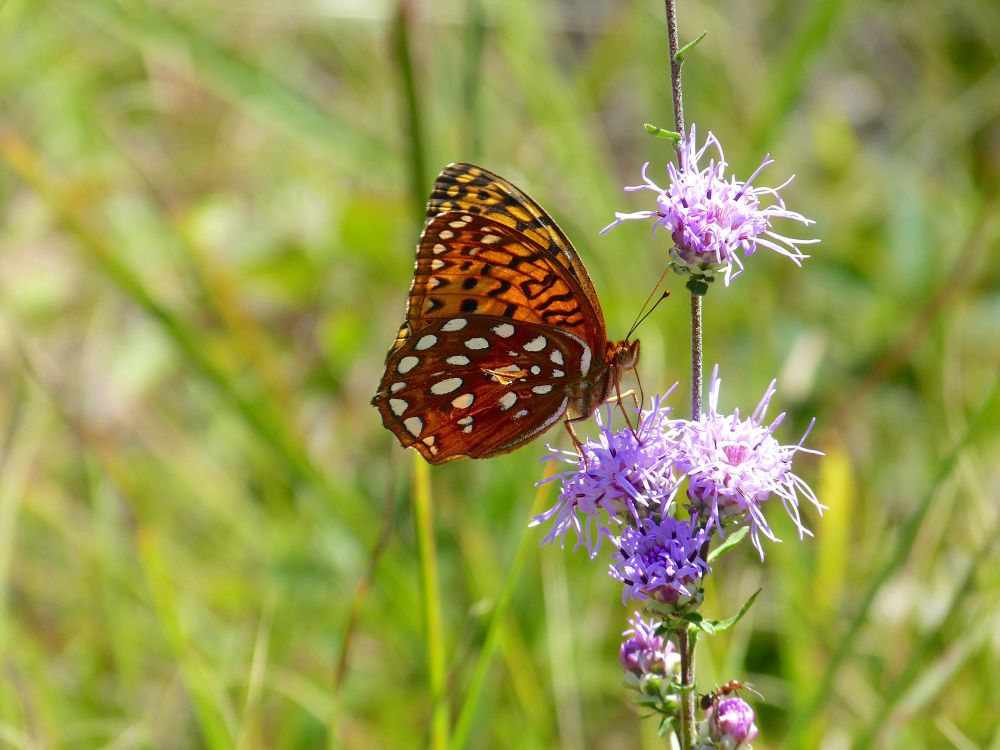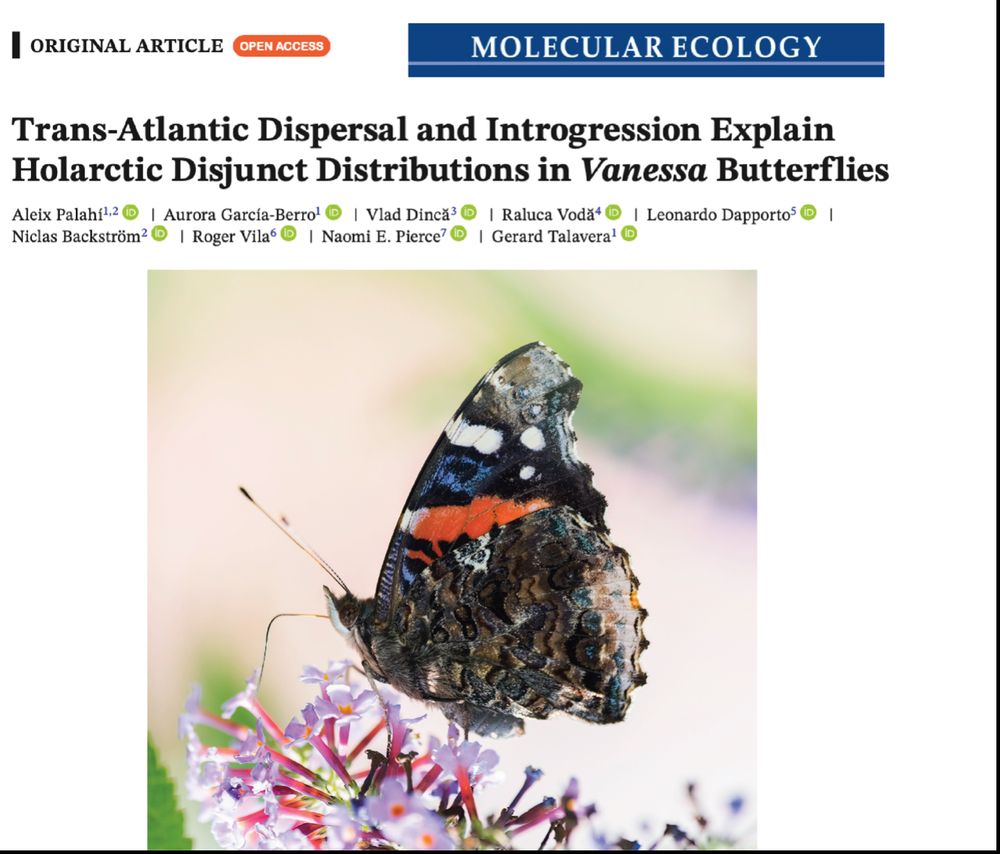Aleix Palahí i Torres
@aleixpalahi.bsky.social
90 followers
76 following
8 posts
PhD student at Uppsala University 🇸🇪, working on phenotypic plasticity evolution in insects.
In love with conducting experiments yet permanently frustrated with them. It's kind of a toxic relationship.
Posts
Media
Videos
Starter Packs
Reposted by Aleix Palahí i Torres
Reposted by Aleix Palahí i Torres
Reposted by Aleix Palahí i Torres
Reposted by Aleix Palahí i Torres
Reposted by Aleix Palahí i Torres
Reposted by Aleix Palahí i Torres
Reposted by Aleix Palahí i Torres
Reposted by Aleix Palahí i Torres
Reposted by Aleix Palahí i Torres
Reposted by Aleix Palahí i Torres
















